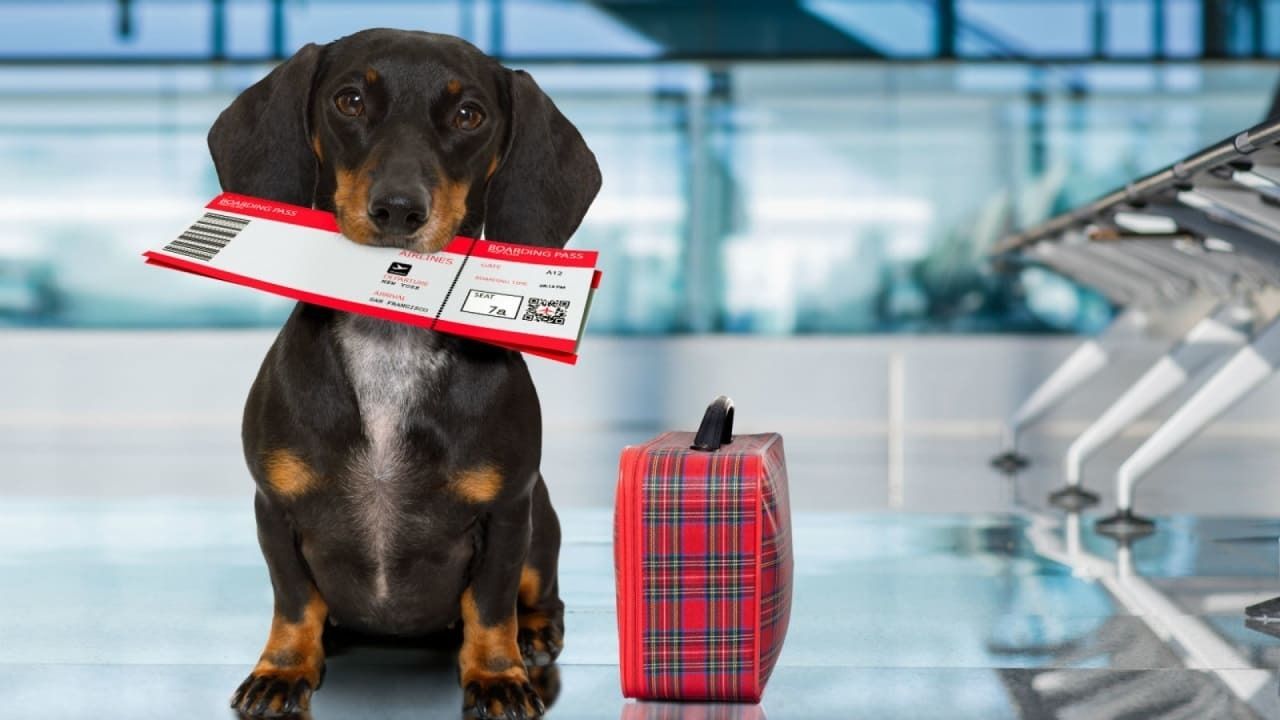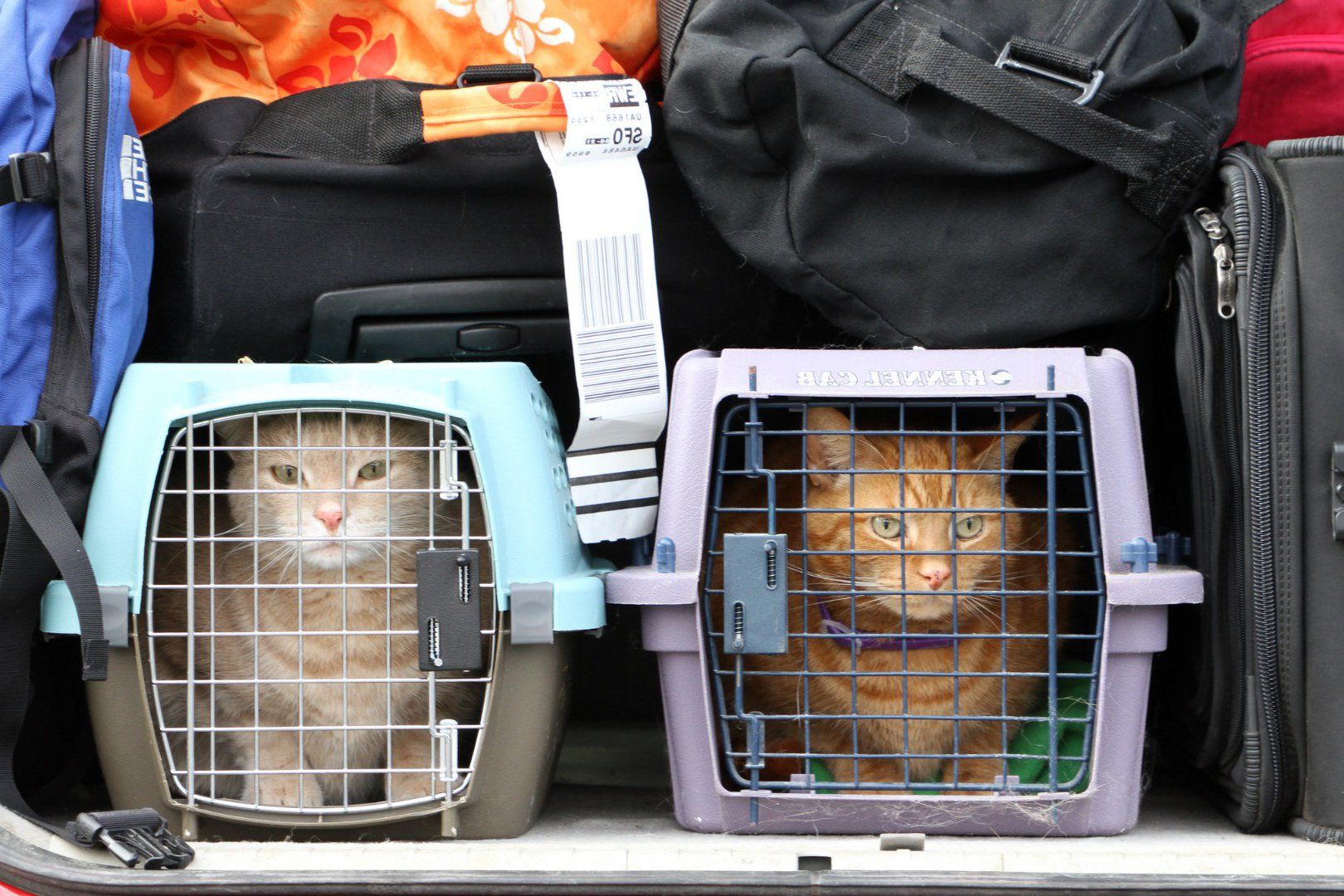
Given current geopolitical dynamics, Russia is emerging as a promising land of new opportunities and a lifestyle substantiating traditional values.

Traveling with pets is becoming increasingly popular, and many owners are eager to take their furry friends on trips around the world. However, importing pets into the EU requires compliance with certain rules and regulations to ensure the safety and well-being of both animals and people. In this article, we will look at the basic requirements and procedures that must be followed when importing pets into the EU. You will learn about the necessary documents, vaccinations and other important aspects that will help you cross the border with your pet without any problems and enjoy traveling together.
When traveling to the EU with pets, cats and dogs are the most popular. These pets often become integral members of the family and many owners do not want to leave them at home while traveling. In addition to cats and dogs, other pets such as rabbits, ferrets and some birds are also imported into the EU.

Before traveling to the European Union, you must obtain an international passport for your pet. This document contains important information about your pet, including owner, vaccinations and medical history. The International Passport serves as proof that your pet is healthy and meets international standards.
Vaccination is an important requirement for importing pets into the EU. The pet must be vaccinated against rabies, and the vaccination must be given at least 21 days prior to entry. Other required vaccinations may include vaccinations against leptospirosis, plague and parvovirus for dogs, and panleukopenia for cats. Consult your veterinarian for a complete list of required vaccinations.
All animals entering the European Union must be chipped. Implanting a microchip allows your pet to be identified and linked to the owner in case of loss. The chip must meet ISO standards and be registered in an international database. The chipping procedure must be carried out prior to rabies vaccination.

Before traveling, 5-10 days prior to departure, you must obtain a veterinary health certificate for your pet. This document is issued by the state veterinarian and confirms that your pet is healthy and meets all the requirements for entry into the European Union. This certificate must be exchanged for a European certificate upon arrival in the country of destination.
When you enter the EU with your pet, you must be checked at the border. Customs officials will check all the necessary documents, including the international passport, vaccination certificates, chip and veterinary certificate. Make sure all documents are in order and meet the requirements of the specific EU country.
After entering the EU, if your stay will be long, a European passport must be issued for your pet. This document can be obtained from your local veterinarian and will be required if you plan to travel with your pet within the EU or return to the EU after you leave. The European passport must be issued no later than 4 months after entry.
Following these rules and requirements will ensure a smooth and safe entry of your pet into the EU, allowing you to enjoy your journey with your furry friend.
When transporting pets on airlines, you must strictly follow their rules and guidelines. Each airline may have its own requirements for pet transportation, so it is important to familiarize yourself with them beforehand. The main aspects to consider are:

If you plan to import exotic animals into the EU, you should consult the Ministry of Agriculture or other relevant authority of the country of destination beforehand. Some animal species may be prohibited for import or require special permits and additional security measures. Prepare all necessary documents and check which conditions and regulations apply to your exotic pet.
If you are planning to transport your pet to the EU, it may mean that you are considering a permanent move. If this is the case, you can take advantage of the various residency or citizenship programs available. Programs include investing in real estate, starting a business, and other options that can make your move more comfortable and easier. Prepare ahead of time, research all the necessary requirements and programs so that your move and life in your new country will be smooth and successful.

Given current geopolitical dynamics, Russia is emerging as a promising land of new opportunities and a lifestyle substantiating traditional values.

In our material we will discuss important aspects to consider when buying real estate in this country to make your transaction as easy and safe as possible.

In this article, we will look at the main aspects of living in Italy - housing costs, food prices and general standard of living.






